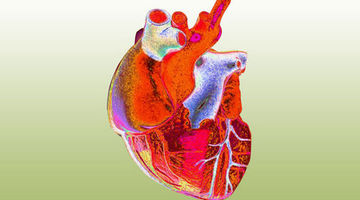

In this interactive, you can label parts of the human heart. Drag and drop the text labels onto the boxes next to the diagram. Selecting or hovering over a box will highlight each area in the diagram.
Rights: The University of Waikato Te Whare Wānanga o Waikato Published 16 June 2017 Referencing Hub media
In this interactive, you can label parts of the human heart. Drag and drop the text labels onto the boxes next to the heart diagram. If you want to redo an answer, click on the box and the answer will go back to the top so you can move it to another box. If you want to check your answers, use the Reset Incorrect button. This will reset incorrect answers only. When you are happy with your selection, use the Check answers button to check them. Use Reset All to practise again from the start. Selecting or hovering over a box will highlight each area in the diagram.
For optimal viewing of this interactive, view at your screen’s default zoom setting (100%) and with your browser window view maximised.
See the Labelling the heart activity for additional support in using this interactive.
Labels
Description
Carries deoxygenated blood from the body to the heart
Flaps that prevent backflow of blood
Receives oxygenated blood from the lungs
Region of the heart that pumps oxygenated blood to the body
Carries deoxygenated blood to the lungs
Region of the heart that pumps deoxygenated blood to the lungs
Carries oxygenated blood from the lungs
Segment of the heart that receives deoxygenated blood
The main artery carrying oxygenated blood to all parts of the body


The heart is a muscular organ that pumps blood through the blood vessels of the circulatory system. Blood transports oxygen and nutrients to the body. It is also involved in the removal of .
Add to favourites Add to collection

Greta Dromgool of Berkley Normal Middle School uses the interactive Label the heart as an alternative to dissecting a sheep heart. The interactive appeals to students’ natural play tendencies .